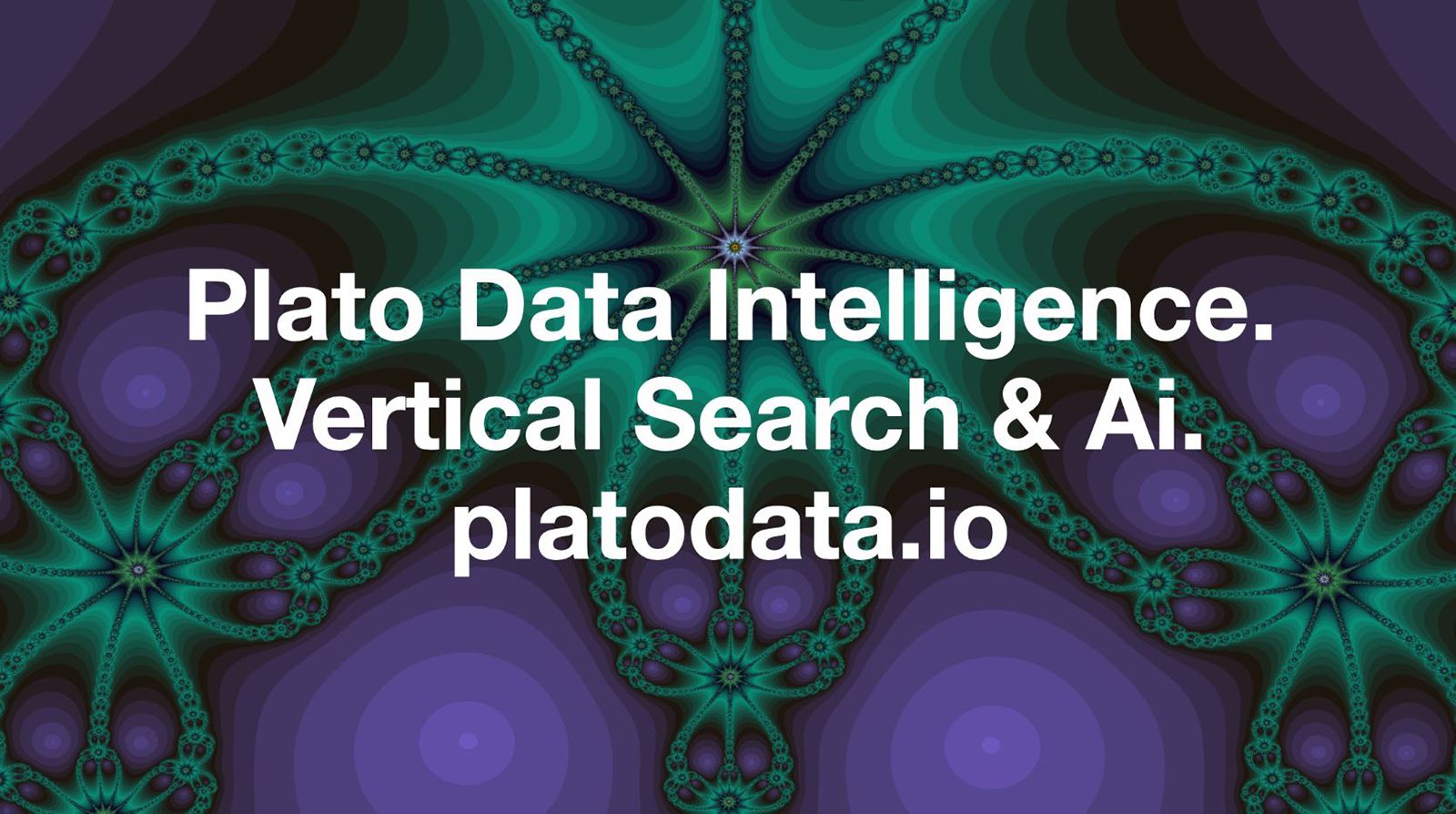
Understanding the Impact of a Chart on Our AI Expectations: The AGI Horizon
Artificial Intelligence (AI) has become an integral part of our lives, from voice assistants like Siri and Alexa to recommendation algorithms on social media platforms. However, there is a growing interest and concern about the development of Artificial General Intelligence (AGI), which refers to highly autonomous systems that outperform humans in most economically valuable work.
To understand the impact of a chart on our AI expectations, it is crucial to first grasp the concept of the AGI horizon. The AGI horizon represents the point in time when AGI is expected to be developed. While there is no consensus on when this will occur, experts and researchers have proposed various estimates, ranging from a few decades to centuries.
Charts depicting the AGI horizon often show a timeline with different milestones and predictions. These charts can have a significant impact on our expectations and perceptions of AI development. They shape our understanding of the progress made so far and influence our beliefs about the future trajectory of AI.
One way charts impact our expectations is by setting a benchmark for progress. When we see a chart with a predicted AGI horizon, it creates a reference point against which we evaluate the current state of AI. If the chart suggests that AGI is just a few years away, we might expect rapid advancements in AI technologies. On the other hand, if the chart predicts AGI in several decades, we may have more tempered expectations.
Charts also influence our perception of AI capabilities. When we see a chart showing exponential growth in AI performance, it can lead us to believe that AGI is inevitable and will surpass human intelligence in the near future. This can create excitement and anticipation for the potential benefits of AGI, such as solving complex problems and improving various industries.
However, it is essential to approach these charts with caution. Predicting the development of AGI is an incredibly complex task, and there are numerous uncertainties and challenges involved. The charts often rely on assumptions and extrapolations, which may not accurately capture the intricacies of AI development.
Moreover, charts can create unrealistic expectations or even fuel hype around AGI. If a chart suggests that AGI is just around the corner, it may lead to overestimating the current capabilities of AI systems. This can have consequences in terms of investment decisions, policy-making, and public perception.
To avoid falling into the trap of unrealistic expectations, it is crucial to critically evaluate the charts and consider the underlying assumptions. It is essential to understand that AI development is a gradual process with many unknowns. While progress has been remarkable in recent years, achieving AGI involves solving complex challenges related to ethics, safety, and explainability.
Furthermore, it is important to recognize that AGI development is not solely determined by technological advancements. Societal, economic, and ethical factors also play a significant role. Therefore, relying solely on charts to form expectations about AGI can be misleading and oversimplified.
In conclusion, understanding the impact of a chart on our AI expectations is crucial in navigating the complex landscape of AGI development. While charts can provide valuable insights into the progress made so far and potential future trajectories, they should be approached with caution. It is essential to critically evaluate the underlying assumptions and consider the broader context of AI development. By doing so, we can develop a more informed and realistic understanding of the AGI horizon and its potential implications for society.
- SEO Powered Content & PR Distribution. Get Amplified Today.
- PlatoData.Network Vertical Generative Ai. Empower Yourself. Access Here.
- PlatoAiStream. Web3 Intelligence. Knowledge Amplified. Access Here.
- PlatoESG. Carbon, CleanTech, Energy, Environment, Solar, Waste Management. Access Here.
- PlatoHealth. Biotech and Clinical Trials Intelligence. Access Here.
- Source: Plato Data Intelligence.
- Source Link: https://zephyrnet.com/the-agi-horizon-how-one-chart-is-shaping-our-ai-expectations/
- SEO Powered Content & PR Distribution. Get Amplified Today.
- PlatoData.Network Vertical Generative Ai. Empower Yourself. Access Here.
- PlatoAiStream. Web3 Intelligence. Knowledge Amplified. Access Here.
- PlatoESG. Carbon, CleanTech, Energy, Environment, Solar, Waste Management. Access Here.
- PlatoHealth. Biotech and Clinical Trials Intelligence. Access Here.
- Source: https://platodata.network/platowire/understanding-the-impact-of-a-chart-on-our-ai-expectations-the-agi-horizon/



